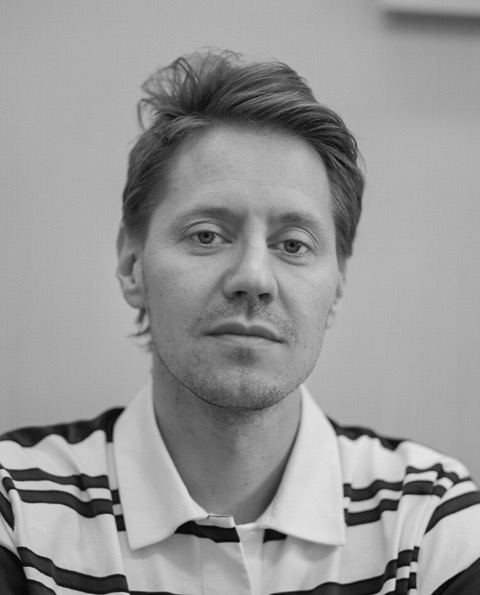In his project Decarbonize artist Aapo Nikkanen aims to produce knowledge and art about the problems of the fashion industry. We discussed the world after the pandemic.
Your work sheds light on the problems of the fashion industry and how we consume it. Do you think the pandemic is going to change our consumption habits ?
I feel that this crisis – or crises – are wake up calls. There will be some level of recession, and when that is combined with ecological awareness and the social awareness brought by the Black Lives Matter movement, I believe many of us will re-evaluate our values, consumption being one of them.
The danger I see is that once life gets back to normal, there will be a heightened desire to consume because many people have assumed that to be a fundamental part of their liberty, and the companies will be under a huge pressure to sell. Offering and demanding alternatives is more important than ever in order to avoid slipping back to business as usual.
Do you think the fashion industry will change?
The fashion industry, like most industries, will have to change. We are getting to understand that it is completely unsustainable as it’s operating under the illusion that exponential growth is possible.
At the moment we see a lot of initiatives: Gucci announced they will have less shows per year, and there are a lot of re- and upcycling schemes around. The important question is how these initiatives are going to affect the actual production of things. Are the companies still going to produce more stuff, just categorized differently? What are the total costs of natural resources, energy and human labour?
Your project aims to build long-lasting networks and to create links between professionals who are, due to the current situation, now easier to reach. Does this situation, paradoxically, make it easier to connect?
It has felt easier during the restrictions simply because life slowed down. I’ve sensed that the pandemia evoked a greater sense of urgency on a more general level. That feeling is almost unconscious because we are dealing with such massive interconnected problems. It feels like there is more energy in the air.
Your network of specialists includes experts from many different fields. What importance does this carry for the creation of new information in your opinion?
I saw the crisis as a space that allowed me to contact a group of interesting and intelligent people and have informal talks with them about these topics. The process has been extremely interesting for several reasons: first, I can rapidly find key information that otherwise would take me a long time to reach. Second, I can access a wide spectrum of information that I couldn’t access on my own because I’m limited to my scope of interests. Third, cross-pollinating the different ideas can be helpful in finding unexpected connections.
What would you like for people to take from your project?
I would call each of us to re-evaluate our values when it comes to objects in general. If you ask yourself what is the most important object or garment you own, I can almost guarantee that its value is linked to an emotional attachment and not to its newness or monetary value. Keep this in mind next time you’re about to do an impulsive purchase. I would also invite everyone to reconsider our relation to nature as something that’s not separate from us, but as something that we are inherently part of. When we reduce nature to be seen as exploitable resources we forget that we ourselves are embodied biological beings that are equally part of the biosphere.
Alongside the specialist network, you will create art based on the new information. What importance does information carry for your art?
I would like to question the idea of academic text as the overriding format of knowledge. Also, translating scientific information into an artwork has the danger of becoming illustrative. My goal is to translate the information gathered through the conversations and research into various outputs, such as text, design- and art objects.
You have been working with textiles and recycled clothes recently. What interests you in textile materials?
I find it interesting how clothing acts as a tool in building identities and how everyone can understand clothes on an emotional level. Something like the feeling of putting on your favourite pullover is universal, which makes me think of clothing as an accessible part of the collective subconscious. On the other hand, the garment industry is responsible for 10 percent of greenhouse emissions and billions of tons of textiles end up in landfills every year.
These contrasts make me think of clothing as a tool that I can use to take part in a larger discourse.
I also like the ambiguity of using garments of material. Usually we classify objects with an utilitarian function as something that is not art, because in the classic sense we’re only supposed to look at art, and not touch it, right? I hope that by entering grey areas between different practices I can touch upon several discourses at the same time, and through that find ways to question and reassess what are the ecological, moral and emotional values and problematics attached to the objects in our everyday life.
Follow the project on Instagram at @solar_walkman
Interview: Veera Mietola
